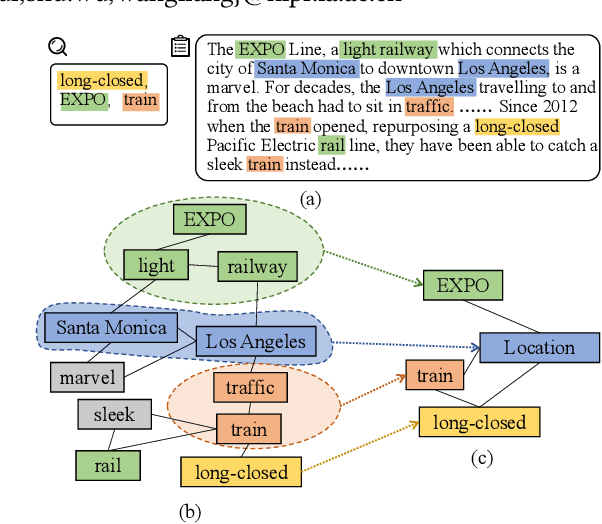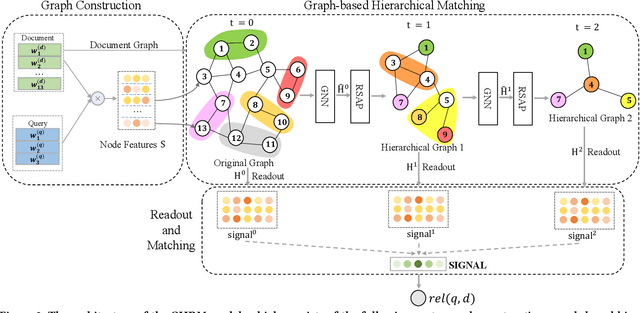Xueli Yu
Dynamic Graph Neural Networks for Sequential Recommendation
Apr 15, 2021



Abstract:Modeling users' preference from his historical sequences is one of the core problem of sequential recommendation. Existing methods in such fields are widely distributed from conventional methods to deep learning methods. However, most of them only model users' interests within their own sequences and ignore the fine-grained utilization of dynamic collaborative signals among different user sequences, making them insufficient to explore users' preferences. We take inspiration from dynamic graph neural networks to cope with this challenge, unifying the user sequence modeling and dynamic interaction information among users into one framework. We propose a new method named \emph{Dynamic Graph Neural Network for Sequential Recommendation} (DGSR), which connects the sequence of different users through a dynamic graph structure, exploring the interactive behavior of users and items with time and order information. Furthermore, we design a Dynamic Graph Attention Neural Network to achieve the information propagation and aggregation among different users and their sequences in the dynamic graph. Consequently, the next-item prediction task in sequential recommendation is converted into a link prediction task for the user node to the item node in a dynamic graph. Extensive experiments on four public benchmarks show that DGSR outperforms several state-of-the-art methods. Further studies demonstrate the rationality and effectiveness of modeling user sequences through a dynamic graph.
Graph-based Hierarchical Relevance Matching Signals for Ad-hoc Retrieval
Feb 22, 2021



Abstract:The ad-hoc retrieval task is to rank related documents given a query and a document collection. A series of deep learning based approaches have been proposed to solve such problem and gained lots of attention. However, we argue that they are inherently based on local word sequences, ignoring the subtle long-distance document-level word relationships. To solve the problem, we explicitly model the document-level word relationship through the graph structure, capturing the subtle information via graph neural networks. In addition, due to the complexity and scale of the document collections, it is considerable to explore the different grain-sized hierarchical matching signals at a more general level. Therefore, we propose a Graph-based Hierarchical Relevance Matching model (GHRM) for ad-hoc retrieval, by which we can capture the subtle and general hierarchical matching signals simultaneously. We validate the effects of GHRM over two representative ad-hoc retrieval benchmarks, the comprehensive experiments and results demonstrate its superiority over state-of-the-art methods.
Every Document Owns Its Structure: Inductive Text Classification via Graph Neural Networks
May 12, 2020



Abstract:Text classification is fundamental in natural language processing (NLP), and Graph Neural Networks (GNN) are recently applied in this task. However, the existing graph-based works can neither capture the contextual word relationships within each document nor fulfil the inductive learning of new words. In this work, to overcome such problems, we propose TextING for inductive text classification via GNN. We first build individual graphs for each document and then use GNN to learn the fine-grained word representations based on their local structures, which can also effectively produce embeddings for unseen words in the new document. Finally, the word nodes are aggregated as the document embedding. Extensive experiments on four benchmark datasets show that our method outperforms state-of-the-art text classification methods.
 Add to Chrome
Add to Chrome Add to Firefox
Add to Firefox Add to Edge
Add to Edge